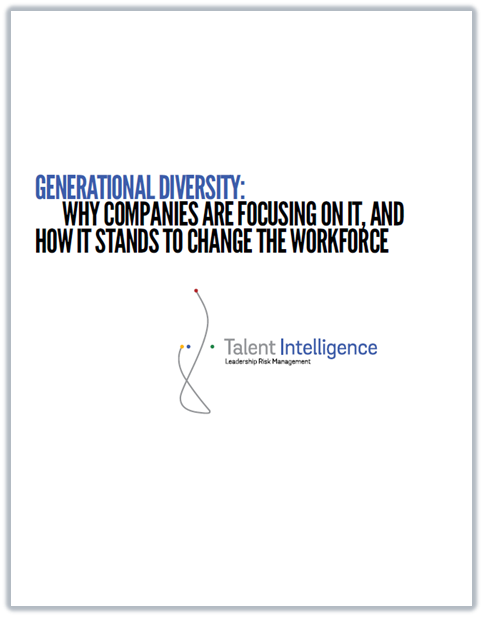Prepare now for workers to remain employed.
In several countries, a large number of workers are nearing traditional retirement age — or have already reached it.
The population increase that took place in Europe during the second half of the 20th Century began in the early 1960s, making its youngest members now in their mid- to late-fifties.
In the U.S., post-WWII baby boom generation members started to turn 65 in 2011. Statistics Canada predicts Canada’s senior citizens may comprise 23 percent of the population by 2031.
However, due to a variety of factors — ranging from economic decline-related savings issues to nations like Italy raising their retirement age — a portion of the world’s aging workforce is expected to stay employed past the traditional retirement age throughout the next decade.
Delayed retirement isn’t necessarily a bad thing. Employers typically value older workers, who often posses invaluable knowledge of both industry practices and their organization’s structure. Ninety percent of employers believe retaining older employees is good for business, according to research from worldwide learning and development organization LIMRA.
Employees who work past traditional retirement age, though, often incur higher salary, benefit and other costs, which can be an unexpected expense. Delayed retirement also stands to affect hiring needs, company culture and other elements that can have an impact on retention levels.
The following steps may help you prepare for employees’ traditional retirement age or delayed departure plans:
Assess employee sentiment. Employees who work past retirement can provide some distinct advantages. Without the fixed deadline traditional retirement age employees may face, older employees who have delayed retirement can ensure their skill set has been successfully transferred to their replacement — helping an organization avoid productivity drop-offs.
However, laws some countries have implemented to protect adverse action being taken because of a person’s age make a careful, considerate approach to discussing retirement a necessity. Framing conversations as a supportive look at employees’ options may help. Consider communicating to all staff members that the HR department is available to discuss how to eventually access retirement funds or sharing any incentives you offer to encourage older workers to remain employed past the traditional retirement age, such as a reduced work schedule or remote office options.
Address any succession planning issues. An older employee who has delayed retirement and, as a result, failed to vacate a position may mean an employee who has been groomed for the job can’t be promoted — prompting top talent to seek new opportunities at other organizations.
If a company knows an older worker is planning to work past the traditional retirement age, however, it can make adjustments, If an employee’s promotion is on hold, due to a delayed retirement, create a new role, offer additional education or other opportunities to provide ways for the employee to grow with your organization, instead of leaving it.
Allocate additional funds. Nearly three-quarters — 73 percent — of employers are planning for benefit costs to increase due to employing older workers, according to LIMRA. Forty-three percent say they’ll absorb the cost; 41 percent plan to pass it on to employees.
Address different generations’ managerial needs. The delayed retirement trend means workplaces will potentially have several generations of workers; distinct methods may help engage various age groups. For millennials, who tend to favor online courses to in-person ones and telecommuting, personal interaction-based recognition may not be the most effective catalyst for engagement. Older workers, including ones who are beyond the traditional retirement age, generally respond well to emotional rewards, according to U.S. News & World Report, including being made to feel like they’re contributing to the organization’s overall goals.
 Engaging employees — workers who are past the traditional retirement age and employees who are younger — remains a challenge for many companies. Seventy-one percent of senior executives rank employee engagement as a very important component in an organization achieving overall success — yet only 24 percent consider their employees to be highly engaged.
Engaging employees — workers who are past the traditional retirement age and employees who are younger — remains a challenge for many companies. Seventy-one percent of senior executives rank employee engagement as a very important component in an organization achieving overall success — yet only 24 percent consider their employees to be highly engaged.
For a more in-depth look at how to engage the generational mix the delayed retirement trend may produce, download our free white paper on generational diversity.
For more information on general engagement practices, view our recent blog posts on making employees feel more involved, the 3 things your employee engagement program needs and disarming your most disengaged employees.